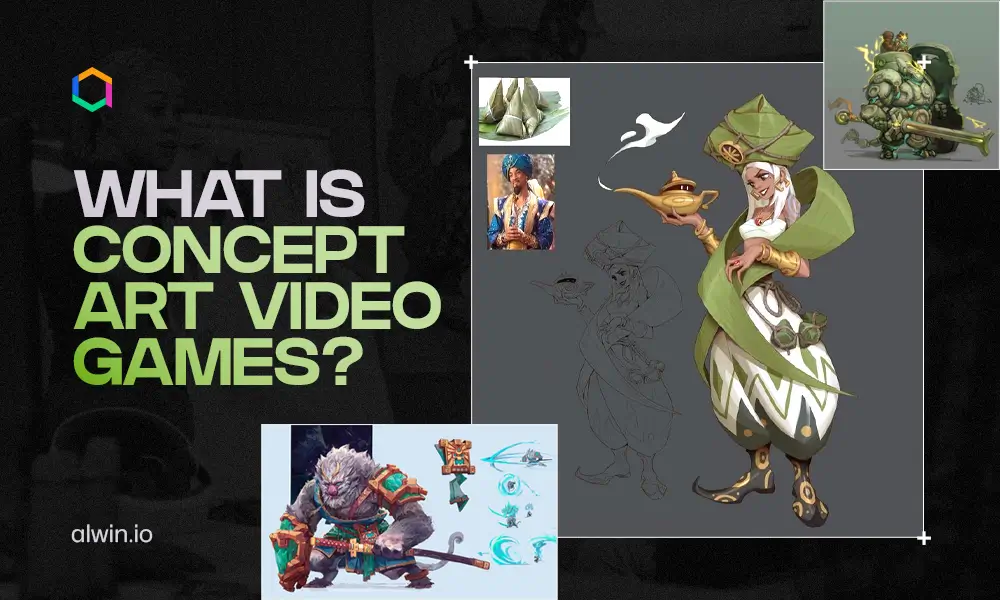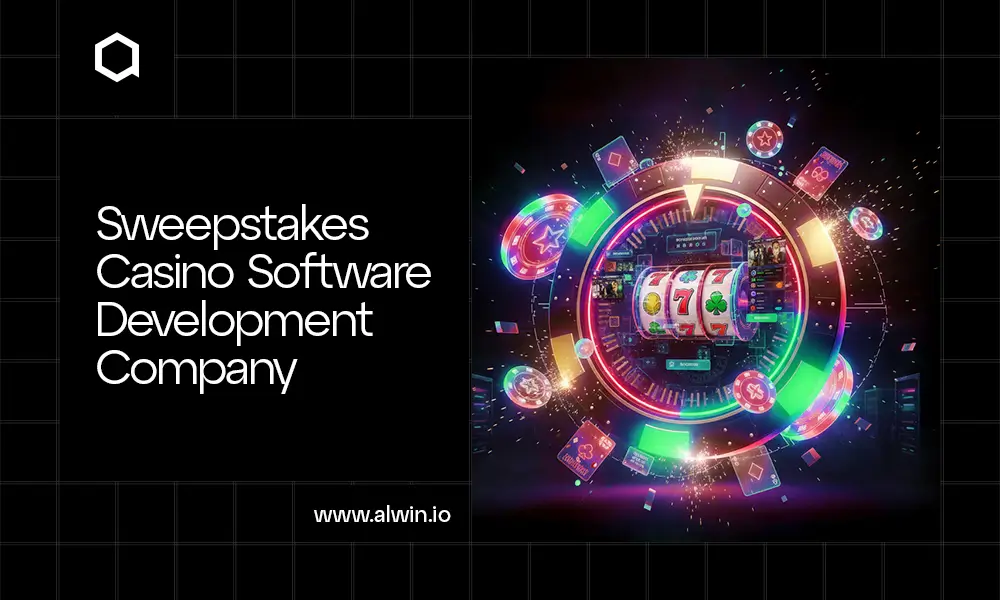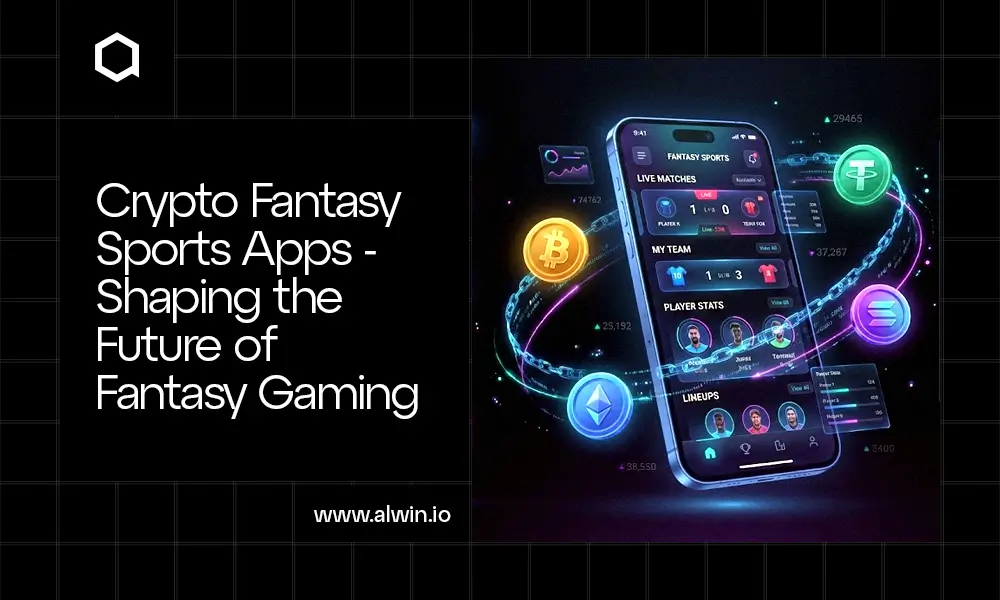Imagine a world where fantastical creatures roam and epic battles unfold. This is the realm of concept art in video game development. Concept art serves as the visual foundation of any game, translating abstract ideas into tangible forms. It guides the development of characters, environments, and the overall aesthetic, ensuring a shared vision among the entire development team.
Recent studies show that 85% of game developers think that good concept art improves the quality of their games, proving how vital it is for creating enjoyable experiences for players.
As technology improves, the styles of concept art have also changed. Artists can create everything from simple and colorful designs to detailed and realistic images. The demand for high-quality concept art is growing, with the global video game market expected to reach US $522.50 billion by 2025.
This blog will explore various aspects of concept art and its impact on the gaming industry.
What is Concept Art in Game Development?
Concept art is the visual language of game development. It translates abstract game ideas into tangible forms, bringing characters, environments, and objects to life through drawings and digital illustrations. This process guides the look and feel of the game world, aligning the final product with the initial creative vision.
For a game development company like WeAlwin, having strong concept art is key to success. The process usually starts with simple sketches that become more detailed as ideas develop. Artists try different styles to see what works best for the game's story and mood. This helps in creating a world that players will enjoy exploring. By focusing on quality concept art, WeAlwin can build exciting games that connect with players and keep a clear vision throughout the entire development process.
Importance Role of Concept Art in Video Game Development
Concept art plays a vital role in shaping the look and feel of video games from the earliest stages of development. By creating visuals, artists can explore different styles and ideas, helping the entire team share a unified vision for the game.
Setting the Mood
Concept art establishes the mood of the game through the use of colors, designs, and visual themes. Bright, vibrant colors might suggest a fun and lighthearted experience, while darker tones convey serious or intense themes. This visual storytelling creates an emotional connection with players, setting the stage for the overall game experience.
Serving as Reference Guides
Concept art acts as a key reference guide during development. It provides clear visuals for artists and designers to follow, keeping all game elements aligned with the original vision. These guides make teamwork more efficient, reduce confusion, and help streamline the creative process.
Maintaining Consistency
A consistent art style is essential for an engaging gaming experience. Concept art establishes clear rules for how characters, environments, and other assets should look. This consistency keeps players immersed in the game world and strengthens the game's overall identity.
Communicating with Stakeholders
Concept art is a powerful tool for presenting ideas to stakeholders, such as investors, publishers, or team members. High-quality visuals make it easier to communicate the game's vision, generate excitement, and secure support or funding. Compelling artwork builds confidence in the project's potential and helps bring the game to life.
In summary, concept art is an indispensable part of game development, serving as the foundation for mood, consistency, collaboration, and stakeholder communication.
What Is Primary Concept Art in Games?
Abstract Game Art
Abstract game art uses unusual shapes and bright colors to spark players' imaginations. This style doesn’t always depict clear images, allowing players to interpret the visuals in their own way.
By creating unique environments with abstract designs, developers can evoke curiosity and engagement as players explore the game world. This approach encourages creativity and helps players connect with the game's themes on a personal level.
Stylized Game Art
Stylized game art combines fun designs with artistic flair, often featuring exaggerated characters and vibrant colors. This style fosters creativity while maintaining a consistent look that appeals to a broad audience.
Stylized art can include cartoon-like characters or playful landscapes, making it enjoyable for many players. Developers often use this approach to create memorable characters and imaginative worlds, helping players form emotional connections and enhancing their overall gaming experience.
Realistic Game Art
Realistic game art strives to simulate real life as closely as possible, providing players with stunning and immersive visuals. This style emphasizes detailed character designs, lifelike environments, and realistic textures.
Realistic art is ideal for genres like shooters and simulators, where authenticity enhances the experience. By leveraging advanced graphics technology, developers can create visuals that draw players into the game world and make them feel like they are truly part of it.
Choosing the Right Style
Whether using abstract, stylized, or realistic art, each style offers unique benefits that enhance player engagement. Skilled game art developers know how to apply these styles effectively to create captivating experiences that resonate with players and make their gaming journeys more enjoyable.
Types of Concept Art in Games
Concept art plays a significant role in defining a game’s artistic direction and visual identity. Different types of concept art are tailored to specific aspects of game design. Here are the primary types of concept art used in game development:
1. Character Concept Art
Character concept art focuses on designing the appearance, personality, and attire of the game’s characters. Artists create detailed sketches and illustrations to explore various ideas, making the characters visually appealing and aligned with the game’s themes.
Examples: Protagonists, villains, NPCs, and creatures.
Purpose: To define the character's look, personality, and role in the story.
2. Environment Concept Art
Environment concept art brings the game’s world to life by designing landscapes, cities, interiors, and other settings. These visuals help developers visualize the atmosphere and layout of the game world.
Examples: Forests, futuristic cities, dungeons, and alien planets.
Purpose: To shape the game's setting, mood, and spatial composition.
3. Props and Asset Concept Art
Props and asset concept art involve designing smaller objects or equipment that players interact with or see in the game. These items can range from weapons and tools to decorative objects and vehicles.
Examples: Swords, futuristic gadgets, treasure chests, and vehicles.
Purpose: To match objects with the game’s aesthetic and gameplay requirements.
4. Creature Concept Art
Creature concept art focuses on designing monsters, animals, or any non-human entities that exist in the game. Artists experiment with shapes, anatomy, and behaviors to create unique and believable creatures.
Examples: Dragons, mythical beasts, aliens, and robotic creatures.
Purpose: To design beings that enhance the game’s narrative and gameplay challenges.
5. Vehicle Concept Art
This type of concept art revolves around the creation of vehicles, including cars, spaceships, boats, or mechs. Artists consider functionality, style, and how the vehicles integrate with the game’s setting.
Examples: Hovercrafts, racing cars, and battle mechs.
Purpose: To create vehicles that align with the game’s mechanics and aesthetics.
6. Key Art and Promotional Concept Art
Key art is created to showcase a game’s central themes and mood. Often used in marketing, this type of concept art includes dramatic scenes or iconic character poses to generate excitement.
Examples: Cinematic posters, box art, and promotional banners.
Purpose: To highlight the game’s essence and attract potential players or stakeholders.
Each type of concept art contributes to a specific aspect of a game’s development, shaping a cohesive and engaging experience for players. From characters to environments and beyond, concept art serves as a foundation that brings creative ideas to life.
How to Develop Stunning Game Concept Art from Scratch?
Creating stunning game concept art requires creativity, technical skills, and a structured process. Here's a step-by-step guide to help you develop your art from scratch
Understand the Game Concept
To create stunning game concept art, start by thoroughly understanding the game’s core idea. Research the game’s storyline, genre, and mood—whether it’s fantasy, sci-fi, horror, or something else—to ensure your artwork aligns with the narrative. Define the art style early on, deciding whether it should be realistic, cartoonish, or abstract to match the game’s overall vision. Additionally, analyze the target audience to understand their preferences and expectations, ensuring your designs resonate and create a strong visual impact.
Start with Rough Sketches
Begin your concept art journey with simple, rough drawings to explore different ideas and possibilities. Focus on capturing the core concepts without worrying about intricate details. Experiment with various shapes, poses, and layouts to discover what best aligns with the game's vision and narrative.
Set the Mood and Style
Determine the mood and style of your concept art by considering the game's genre and storyline. Select colors, lighting, and visual elements that complement the game's atmosphere. Whether you're creating a dark, gritty sci-fi world or a vibrant, whimsical fantasy realm, ensure that your concept art aligns seamlessly with the game's overall vibe and tone.
Design Unique and Fitting Characters
When creating concept art for characters, ensure they are both captivating and suitable for the game. Consider their personalities, backstories, and roles within the game’s world. Experiment with various appearances and outfits to craft designs that are distinctive and memorable.
Add Textures and Shading
Once you're satisfied with the overall look of your concept art, take it to the next level by adding details that improve its realism and appeal. Focus on textures, patterns, and shading to bring your characters and environments to life. These elements work together to give your artwork a polished and professional finish.
Final Stage
Take the time to carefully review and refine your concept art to make sure it aligns with the game's requirements. Seek feedback from others to pinpoint areas that could be improved. Once you're confident in the final result, organize your concept art into a portfolio or presentation to effectively showcase your work.
Why Choose WeAlwin for Creating Concept Art for Games?
WeAlwin is a top game development company that can help bring your game ideas to life with amazing concept art. Our talented artists use the latest technology to create beautiful characters and exciting environments that make your game stand out. We focus on quality and making sure our clients are happy, so you can trust us to turn your vision into reality. Choose WeAlwin for your concept art needs, and let’s create something incredible together!



